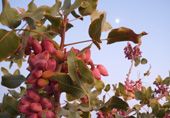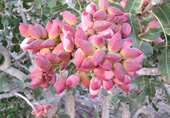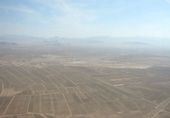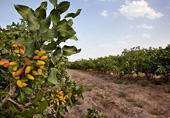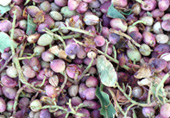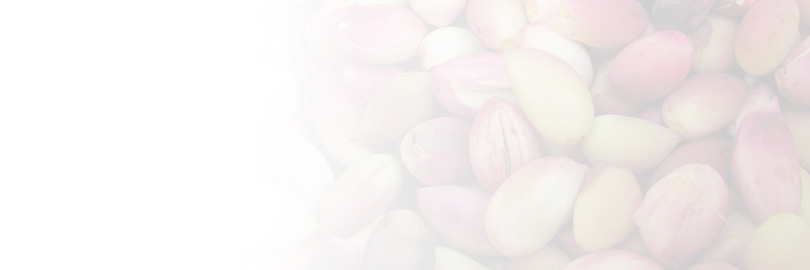

Products
History
The pistachio, Pistacia vera in the Anacardiaceae family, is a small tree originally from Persia (Iran), which is declared as one of the oldest flowering nut trees in the world. The first archaeological findings date back to 6760 B.C.
Since the early days the delicious Pistachios were considered food for the rich and the chosen. Especially fine pistachios are said to have been a favourite delicacy of the Queen of Sheba, who confiscated all Assyrian deliveries for herself and for her royal court.
Pistachio nuts have been cultivated for centuries throughout their native range and were brought to Europe by the gourmet Lucius Vittillus during the reign of Tiberius at the beginning of the 1st century A.D. Subsequently they were spread to be grown also in Southern European countries like Italy and Greece, but the European nuts were never able to compete with the original Middle Eastern pistachios in quality and output.
Today Iran is the number one producer of first-class pistachios with the widest range of varieties.
Fine Pistachio nuts are extremely rich in nutrition. They are being traded in shell and as kernels. Pistachios in shell, salted and roasted, enjoy great popularity as a healthy snack. Pistachio kernels are used as an ingredient in the meat, confectionary, bakery, ice-cream and spice industry.
Cultivation
Pistachio trees grow best in desert like climates - with hot days and cool nights. They are suited for areas where summers are long, hot and dry and the winters are moderately cold.
The pistachio tree is a broadleaf tree, which carries a small crop in one year (off year) and a big crop in the subsequent year (on year). The trees achieve their first commercial yields after 7 years.
Pistachios grow in grapes of approx. 30 nuts. Below the 3 mm thick fruit flesh is the woody shell, which is fairly soft at time of harvesting, but getting hard after the fruit flesh is removed and the pistachio is being processed and dried. Under the woody shell you find a yellow/green kernel covered by a thin violet skin.
Pistachio trees are dioecious meaning there are female and male trees. Male trees have to exist for pollination of the female trees. Usually one male tree is planted for approximately 100 female trees. Pollination happens with the wind. Alternatively a male twig can be grafted between female twigs. Pollination takes place between March and April.


